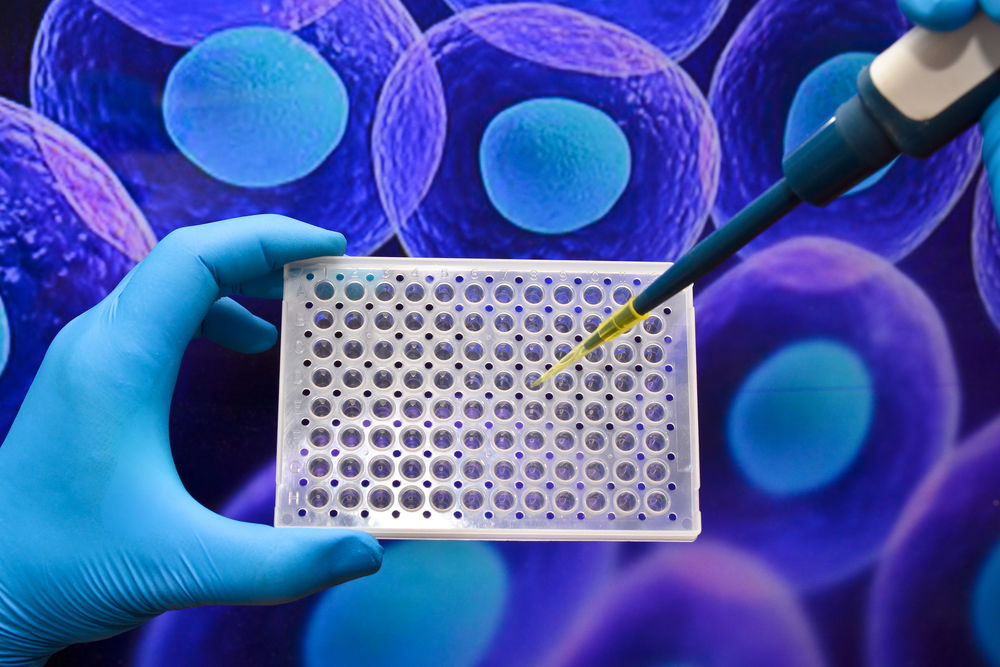The Tuskegee Experiment is one of the darkest incidents in the history of American medical research. Beginning in 1932, for forty years, researchers followed the effects of syphilis on rural, mostly poor and often illiterate African-American men for the purposes of documenting the progression of the disease. Treatment was never offered, even though penicillin was generally available fifteen years into the experiment. The study is criticized for failure to treat and the lack of informed consent. But that was not the problem.
The problem was a failure to recognize the men in the study as human beings with dignity and value worthy of respect rather than objects to be manipulated. It seems that some American scientists have not learned very much from that experience if recent reports of successful gene splicing of human embryos are a measure.
In the course of that work, at least 130 human embryos were created for the purpose of experimentation and destroyed after the experiment was concluded, a sequence of events that is absolutely contrary to the proper dignity due humans from the moment of conception to natural death. Dignitas Personae teaches:
“The reality of the human being for the entire span of life, both before and after birth, does not allow us to posit either a change in nature or a gradation in moral value, since it possesses full anthropological and ethical status. The human embryo has, therefore, from the very beginning, the dignity proper to a person.”
Because even secular medicine recognizes that persons have some say in the conduct of experiments on their person, it will be very difficult to convince researchers invested in this kind of experimentation that embryos are truly persons. The Tuskegee Experiment demonstrates how easy it is to overlook the personhood of a full-grown, adult man in the vigorous pursuit of scientific knowledge. How much easier it is in the case of embryos.
The secular conscience was first dulled to the reality of personhood by in vitro fertilization. If it’s a way to help couples conceive, how can it be wrong? Ethical concerns about the nature of the fertilized egg were brushed aside and made, not a matter of reality for investigation, but a matter of mere opinion.
These days, it is routine to create more embryos than will ever be implanted in an effort to help infertile couples conceive, and also routine to preselect embryos for implantation. The number of babies that will be carried to term are controlled by “selective reduction” in the event that too many implantations are successful.
The promise to cure the many diseases that result from single gene mutations, from Tay-Sachs disease to some forms of breast cancer, is equally seductive and leads to the same end: human beings as experiments.
Although federal funds prevent the use of government spending for this sort of research, the recent events at Oregon Health Science University make it clear that there are many other, perhaps equally abundant, sources of funding available.
If we are to avoid the same sort of ethical dilemma Catholics face with respect to vaccines derived from aborted fetuses, it’s time to make our voices heard.
As we do to the least of these, we do to Him.
Barbara Golder had a 40-year career in medicine and law, including health care ethics. She is now the award-winning author of the ‘Lady Doc’ mystery series and serves as Director of Adult Faith Formation and Evangelization at the Basilica of Sts. Peter and Paul in Chattanooga Tennessee. She blogs at ladydoclawyer.com.

